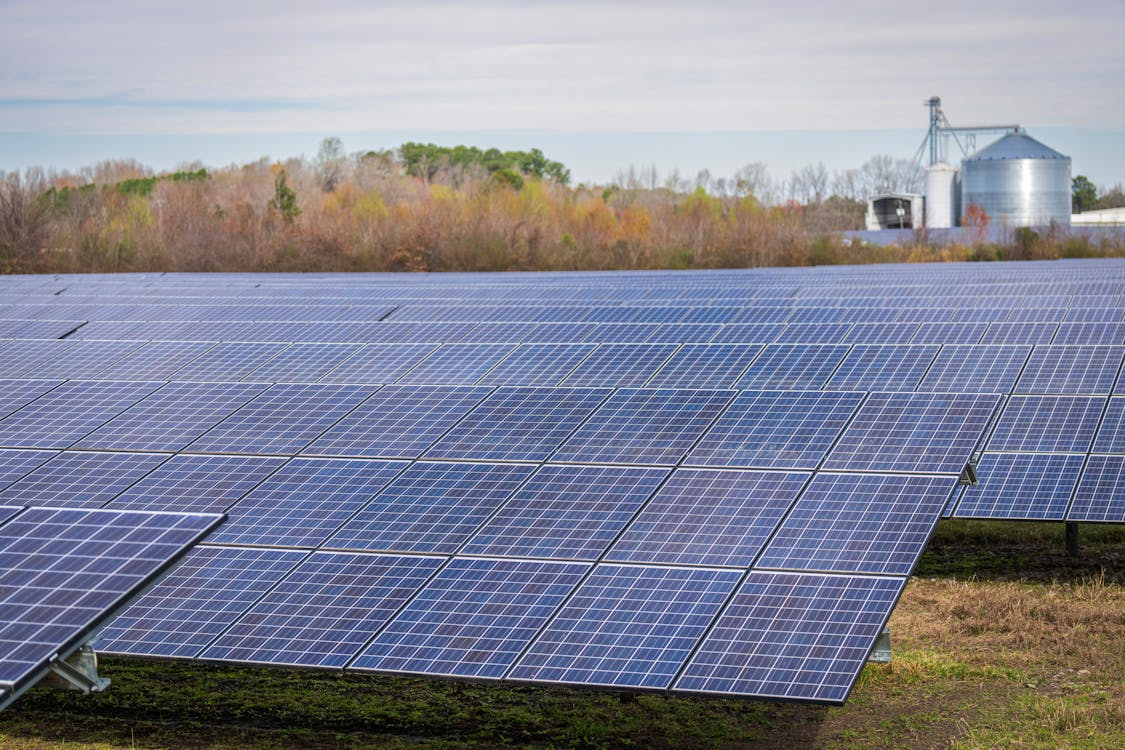Solar panels are becoming more popular as people look for cleaner energy options. Switch to sustainable energy with Soly! This guide is here to help you understand how solar panels work. Whether you’re a homeowner, business owner, or just curious, you’ll learn all the basics about solar panels. Solar panels help reduce carbon footprints and lower energy bills, making them a smart choice for many. By the end of this guide, you’ll know how solar panels generate electricity and why they are so beneficial.
Understanding Solar Energy
Solar energy is the power we get from the sun. It’s been used for many years to generate electricity. Solar panels take sunlight and turn it into power we can use. Over time, solar technology has improved a lot. People started using solar panels more during the energy crisis in the 1970s. The benefits of solar energy include helping the environment, saving money on energy bills, and creating jobs in the solar industry. Solar panels are a great way to harness this renewable energy.
The Science Behind Solar Panels
Solar panels work because of the photovoltaic (PV) effect. This effect happens when sunlight hits the solar cells, which are made of silicon. Silicon is a special material that can convert sunlight into electricity. Each solar panel is made up of many solar cells. There are different types of solar panels: monocrystalline, polycrystalline, and thin-film. Monocrystalline panels are very efficient but can be expensive. Polycrystalline panels are cheaper but slightly less efficient. Thin-film panels are flexible and used in different applications.
How Solar Panels Generate Electricity
Solar cells convert sunlight into electricity through the PV effect. When the sun shines on the solar cells, it knocks electrons loose from their atoms. This creates an electric current. Solar panels generate direct current (DC) electricity. However, our homes use alternating current (AC) electricity. An inverter is used to change the DC electricity from the solar panels into AC electricity. This way, the electricity can be used in our homes. Solar panels can produce electricity even on cloudy days, though less efficiently.
Components of a Solar Power System
A solar power system includes several key components. Solar panels are the most important part. They capture sunlight and turn it into electricity. Inverters convert the DC electricity into AC electricity. Mounting systems hold the panels in place, either on the roof or on the ground. Some systems also include battery storage, which stores extra electricity for use when the sun isn’t shining. Balance of system (BOS) components include wiring, switches, and fuses. These parts ensure the system works safely and efficiently.
Installation and Maintenance
Installing solar panels involves several steps. First, a site assessment is done to see if your location is good for solar panels. Then, the panels are installed on your roof or on the ground. It’s important to follow safety guidelines during installation. After installation, solar panels need some maintenance to keep them working well. Regular cleaning and inspections help maintain performance. Monitoring systems can track how much electricity the panels produce. Solar panels usually last 25-30 years, but their efficiency can decrease over time.
Economic Considerations
The cost of solar panels and installation varies. On average, solar panels can be expensive upfront but save money in the long run. The return on investment (ROI) for solar panels depends on factors like location and energy usage. Government incentives and tax credits can help reduce the cost of solar panels. These incentives vary by country and state. Financing options include solar loans, leases, and power purchase agreements (PPAs). Choosing the right option depends on your financial situation and energy needs.
Environmental Impact
Solar panels help reduce greenhouse gas emissions. By using solar energy instead of fossil fuels, we can decrease air pollution and fight climate change. Solar panels use materials that are less harmful to the environment compared to traditional energy sources. Old solar panels can be recycled, and new technologies are making this process easier. Compared to other energy sources like wind, hydro, and nuclear power, solar panels have a lower environmental impact. They are a key part of a sustainable energy future.
Future of Solar Technology
The future of solar technology looks bright. Advances in solar panel efficiency are making them more effective. New materials and technologies are being developed to improve performance. Solar panels can also be integrated with other renewable energy sources, like wind and hydro power. Hybrid systems are becoming more common. The solar industry is growing, with many new innovations and applications on the horizon. As technology improves, solar panels will become more affordable and accessible for everyone.
Final Thoughts
Solar panels are a fantastic way to generate clean, renewable energy. They work by converting sunlight into electricity using the photovoltaic effect. A solar power system includes panels, inverters, mounting systems, and sometimes batteries. Installing and maintaining solar panels is straightforward, and they offer significant economic and environmental benefits. Solar panels reduce greenhouse gas emissions, help save on energy bills, and contribute to a sustainable future. With advances in technology, solar panels are becoming more efficient and affordable. By switching to solar energy with Soly, you can take an important step towards a greener future. Consider solar panels for your home or business and enjoy the benefits of clean energy.
Keep an eye for more news & updates on Latest Dash!

